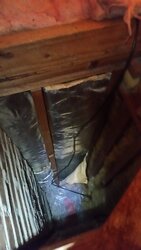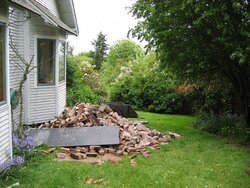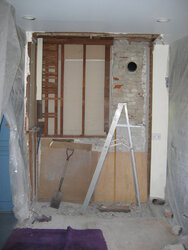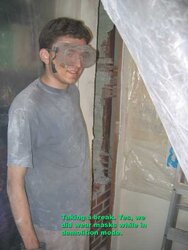I just had a chimney company out to see if it is possible to create a new hook up for a stove requiring a 6" flue to my existing chimney. He seemed to indicate that a liner was definitely needed even though he also said the clay liner went all the way down the chimney.
He also said he wouldn't be able to fit a 6" liner because the existing flue was just at 6" but there were some lips that would catch the liner down further so he only gave me a quote for installing a 5" liner which wont work for a progress hybrid. ($1700 for a 25' 5" chimney SS liner, cap, and thimble.)
Assuming the clay liner is in good shape, is a stainless liner needed? If its not in good shape then what are the options from there? Any recommendations for a chimney company in the North end of Seattle?
I just did some googleing and apparently square liners exist. A 5" square liner would give me about the same cross section as a 6" circle, is that a good option?
Thanks for reading.
He also said he wouldn't be able to fit a 6" liner because the existing flue was just at 6" but there were some lips that would catch the liner down further so he only gave me a quote for installing a 5" liner which wont work for a progress hybrid. ($1700 for a 25' 5" chimney SS liner, cap, and thimble.)
Assuming the clay liner is in good shape, is a stainless liner needed? If its not in good shape then what are the options from there? Any recommendations for a chimney company in the North end of Seattle?
I just did some googleing and apparently square liners exist. A 5" square liner would give me about the same cross section as a 6" circle, is that a good option?
Thanks for reading.
Last edited:





